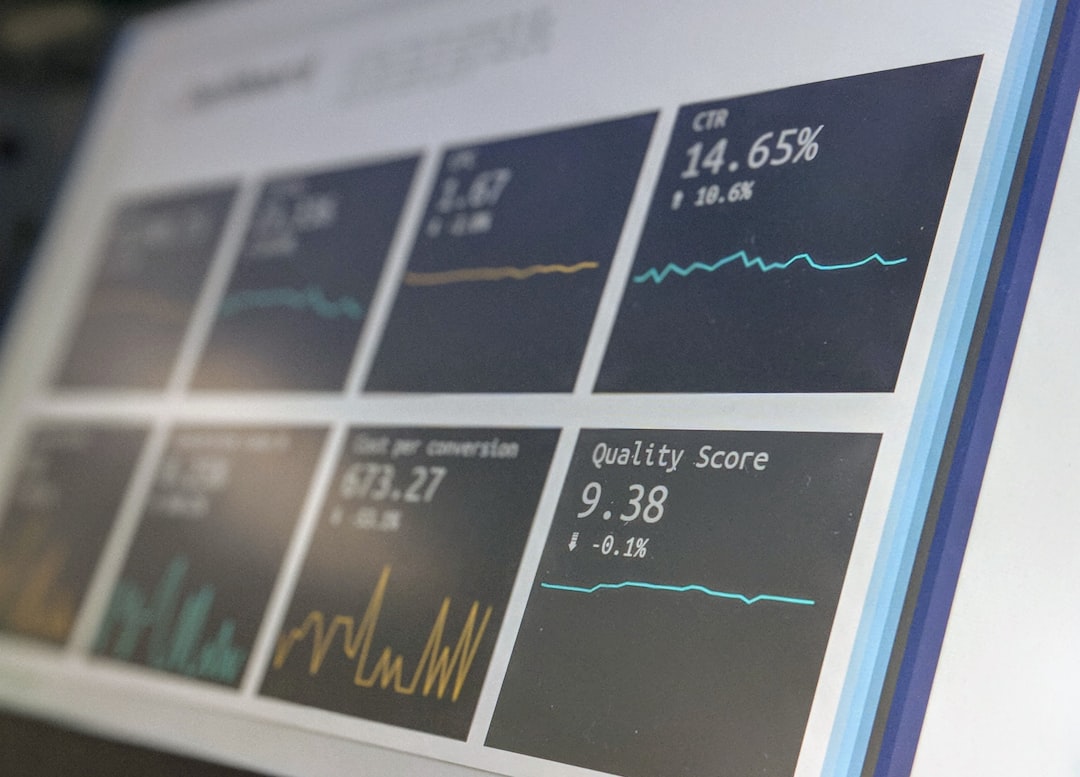
Understanding the Basics of International Trade
# Introduction. International trade is a cornerstone of the global economy, facilitating the exchange of goods and services across borders. As nations strive to leverage their resources efficiently, understanding international trade's basic principles becomes essential for aspiring entrepreneurs, policymakers, and the general public. This post aims to provide a comprehensive overview of what international trade entails, including its significance, components, and effects on both national and global economies. # The Significance of International Trade. International trade allows countries to specialize in producing goods and services that they can create most efficiently while importing what they do not have a comparative advantage in producing. This specialization leads to a more efficient allocation of resources, resulting in lower prices and increased variety for consumers. Moreover, trade can bolster economic growth, increase employment, and enhance technology transfer. By participating in international trade, countries can also strengthen diplomatic ties and foster international cooperation. # The Components of International Trade. International trade encompasses various components, most notably exports and imports. 1. **Exports**: Goods and services produced in one country and sold to another nation, contributing positively to the exporting country's economy. High demand for exports can lead to job creation and stimulate growth. 2. **Imports**: Products and services purchased from foreign countries, allowing consumers access to a broader range of goods. By importing, countries can save money by acquiring goods not produced locally or at a more competitive price. 3. **Balance of Trade**: The difference between a country's exports and imports. A positive balance indicates a trade surplus, while a negative balance means a trade deficit, both of which have significant implications for a country's economy. # Barriers to International Trade. Despite its benefits, several barriers can impede international trade, including: 1. **Tariffs**: Taxes imposed on imported goods, making them more expensive to consumers and less competitive than domestic products. 2. **Quotas**: Limits imposed on the quantity of goods that can be imported, designed to protect domestic industries. 3. **Trade Agreements**: Treaties between countries to facilitate trade by reducing tariffs and barriers (e.g., NAFTA, EU). These agreements help to promote free trade and economic cooperation. # The Role of International Organizations. International trade is significantly influenced by global organizations that create rules and frameworks for trade. Noteworthy institutions include: 1. **World Trade Organization (WTO)**: Establishes rules for international trade and aims to reduce trade barriers, helping to ensure smooth and fair commerce among member nations. 2. **International Monetary Fund (IMF)**: Works to stabilize the global economy by providing monetary cooperation and financial assistance to countries. 3. **World Bank**: Offers financial and technical assistance to developing countries, promoting sustainable economic development and reducing poverty. # The Impact of International Trade on Economies. International trade can significantly impact economies based on how nations participate in it: 1. **Economic Growth**: Countries engaged in international trade benefit from economies of scale and access to broader markets, leading to overall economic growth. 2. **Cultural Exchange**: Trade promotes cultural interactions, enhancing understanding and cooperation that transcend borders. 3. **Environmental Concerns**: While trade can stimulate growth, it raises environmental questions. Increased transportation, resource depletion, and carbon footprints of traded goods necessitate careful consideration. # Conclusion. Understanding the basics of international trade is crucial in today’s interconnected world. It allows countries to benefit from specialization, fosters economic growth, and enhances global cooperation. By recognizing the components of trade, such as exports and imports, as well as potential barriers, individuals and businesses can better navigate the complexities of the global market. Ultimately, informed participation in international trade can lead to mutual benefits for nations and their citizens, underscoring the importance of fostering positive trade relations. .






